

You won't believe how differently $100 is spent on health insurance between Cairo and New York. This is more than just a geographical difference—it's an unexpected revelation that might change how you think about global healthcare.
Global circumstances have made healthcare more crucial than ever. As the world faces unprecedented health challenges, understanding the value of health insurance across different countries is vital for both locals and expats.
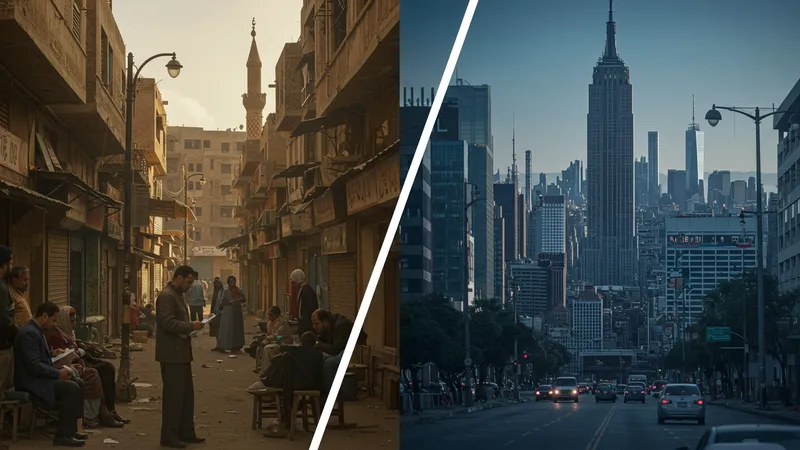
It might shock you to find out that the cost of healthcare in Cairo offers a staggering breadth of services when compared to the pricy setups in New York. In Cairo, $100 a month could secure you comprehensive coverage, spanning treatments and emergency care, often with a variety of added benefits. Yet, this isn’t the entire story. But that's not even the wildest part...
On the flip side, in the heart of New York City, $100 only scratches the surface of what’s required for minimal coverage. The unexpected limitations in coverage might astound you. With astronomical costs, the $100 plan in New York is often seen as merely a stepping stone to more comprehensive policies. But the surprises don't stop there...
So what happens when a dollar crosses the continents, morphing from mere pocket change into a lifeline? The answers stunned even the experts...
Let's break down the Egyptian side of the equation. In Cairo, $100 can provide you with a surprisingly comprehensive insurance plan. Services often include full hospital coverage, dental care, and even vision exams. The accessibility and affordability of these services are unmatched, making it quite the appealing option for both locals and expats looking to stretch their dollars. However, there’s one small detail that many overlook...
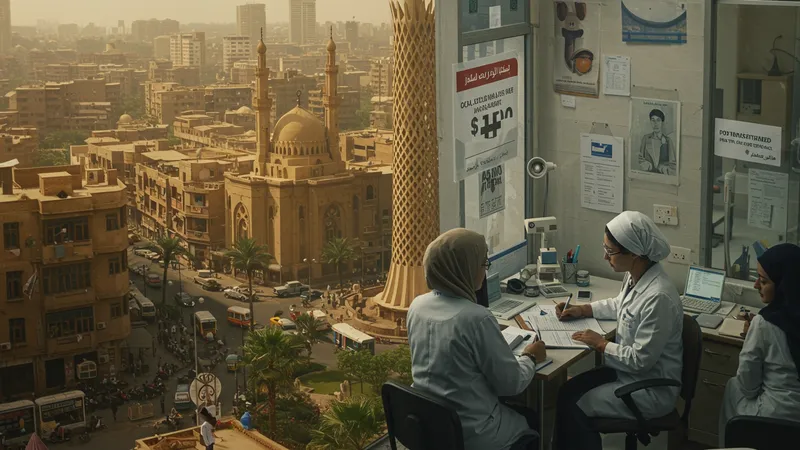
In contrast to more developed health systems, Cairo’s insurance often comes with a personal touch — doctors are highly accessible, and appointments are relatively easy to book. This kind of personalized care makes the experience vastly different from the bureaucratic system one might expect elsewhere. But beneath this smooth surface lies a twist...
Many recipients of Cairo's health plans find themselves surprised by what's included. Alternative treatments and wellness practices that are typically considered out of reach financially in the West are often part and parcel of a basic insurance package here. Yet, there’s a layer of nuance that adds unexpected value...
Despite the affordability, the quality of service remains high. Cairo boasts state-of-the-art medical facilities that rival those in the West, without the hefty price tag. But, how does this compare to what's available in other parts of the world? The answers may not be what you expect...
Turning our eye to New York, the scene couldn't be more different. With healthcare costs skyrocketing, a $100 monthly plan fits but a fragment of ordinary needs. The ubiquitous co-pays and limited coverage often catch subscribers off guard, as they juggle between necessary check-ups and out-of-pocket expenses. But there’s a greater issue lurking beneath the costs...

Even the basic services are surprisingly limited. While one might assume $100 could cover a significant portion, often it’s merely the deductible, leaving many without sufficient protection. To secure adequate coverage, policyholders often involve supplementary plans, inflating the overall expense. And yet, there's more...
In New York, even access to healthcare professionals is not guaranteed. With long waiting times and overloaded facilities, navigating the health system here is a challenge in itself. But what if there was an unexpected game-changer in this system?
Post-pandemic developments have added another layer of complexity to healthcare in New York, as telemedicine has surged. But the value it offers is still being debated among insurers and consumers. Could this be the future of healthcare, or just another layer in a convoluted system? The implications are vast...
Telemedicine has risen as a key player, particularly amidst recent global health crises. In Cairo, this advancement has become widespread, often included in basic plans at no extra cost. This opens up a world of accessibility and innovation in healthcare the likes of which the city has never seen before. But this is just the beginning...

For New Yorkers, the telemedicine trend has introduced a much-needed breath of fresh air into a burdensome system. Many are turning to digital consultations to circumvent long waiting times and limited face-to-face availability. But is virtual care truly a viable solution for serious medical concerns?
The functionality and technology behind telemedicine in both Cairo and New York are strikingly efficient, yet dealing with the nuances of its application is where the real game begins. Subscribers have quickly adapted, but the question remains whether this modern convenience can fully replace traditional methods. The debate grows evermore intense...
Can telemedicine hold the key to balancing the scales of healthcare affordability and accessibility across oceans? And what about those who are still wary of its swiftly emerging presence? The next insights might change your perspective forever...
For those living abroad, particularly in a city like Cairo, international health insurance provides a safety net that's both crucial and complex. Offering coverage that spans borders, it's a tempting solution for expats. The interesting part? These plans are often more flexible and comprehensive than you might expect...

In New York, international policies are a growing consideration among those who frequently travel or those with family in different countries. While they offer peace of mind, the differences between local and international provisions can be startling — especially to someone unacquainted with the finer details of such policies.
Countries with stringent healthcare systems make these plans incredibly valuable, focusing on filling gaps rather than duplicating existing coverages. However, the intricacies involved in filing claims or understanding deductibles are not to be underestimated. The global market's dynamic nature can lead to unexpected loopholes.
How might these international plans redefine the entire concept of health insurance for globe-trotting individuals? Does a universal system loom on the horizon, or are we still navigating largely territorial waters? The pathway to understanding this complexity is as fascinating as it is intricate...
For families, insurance needs magnify, particularly in populous cityscapes like New York and Cairo. As families look to secure their health, the insurance packages available can reveal surprising advantages — sometimes packaging in family-focused benefits that cater to broad needs. Yet, there’s something that often goes unnoticed...
In Cairo, family insurance plans generously integrate services like routine family check-ups and pediatric care without stretching the budget. These inclusive packages cater to various lifestyles, supporting families as they grow. But is this level of security offered everywhere?
The New York story paints a somewhat different picture; families find themselves poring over fine print to select plans that barely cover more than their basic requirements. Exploring options becomes a maze of choice, unfortunately often leading to less than ideal outcomes. Yet, underneath this surface, there exists a nugget of opportunity...
With innovations in family healthcare and emerging digital platforms, families in both cities are finding surprising avenues for improving their care. These can span from homeschooling health modules to personalized wellness programs, tailored to family demographics. But how do families effectively navigate these paths to optimal well-being?
The regulatory environment that governs insurance is continuously evolving, both in Cairo and New York. These changes can present unforeseen hurdles or opportunities, depending on one's stance. In Cairo, recent laws have moved towards inclusivity and expanded access, efforts that show promise for the future. What’s the catch?
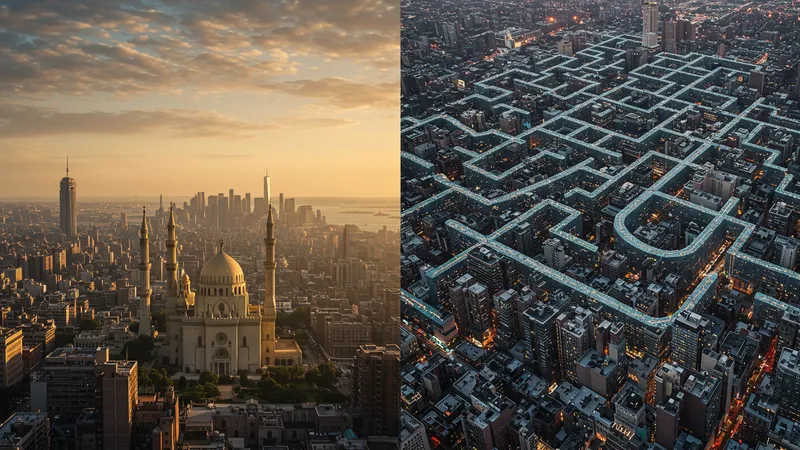
Conversely, New Yorkers are finding themselves subject to increasingly complex legislation, occasionally complicating even straightforward claims. The labyrinthine bureaucracy can be bewildering, with policies shifting often, sometimes impacting options unexpectedly. But there's a silver lining...
For vigilant individuals, staying informed about these changes can actually provide strategic leverage in obtaining comprehensive plans uniquely tailored to their needs. Advocacy groups and knowledgeable professionals are becoming essential allies in this changing landscape. Yet, there's a hidden layer that also plays a role...
It’s the interplay between technological advancements and regulation that holds the most potential. As both intersect, the nature of insurance could be completely transformed, revealing a paradigm shift that no one saw coming. Are we on the cusp of such a revolution?
In both cities, employer-based insurance presents distinct differences worth noting. In Cairo, employers often offer comprehensive coverage as a staple of employment benefits, significantly relieving the burden on employees seeking healthcare. But what are employers gaining from this trend?

In New York, employer-based insurance is a common practice, sometimes even necessary to acquire sufficient coverage. Employees find themselves juggling between limited options, often constrained by what their employers sponsor. But beneath the surface, there are other dynamics in play...
The increasing shift towards employer-based policies reflects broader economic trends and corporate strategies, particularly in a competitive landscape. Companies benefit from employee satisfaction and retention rates, motivated by providing quality healthcare. But that’s not the whole story...
The question is whether employer influence on healthcare policies leads to better employee wellness and productivity. As these systems mature, will they become a model for effective healthcare delivery beyond these two cities? The future of workplace wellness is unfolding in intriguing ways...
In an age where technology drives daily life, mobile health apps offer surprising savings and conveniences in both Cairo and New York. From facilitating appointment bookings to monitoring health metrics, these apps are gradually becoming indispensable. Yet, there’s more beneath the surface...
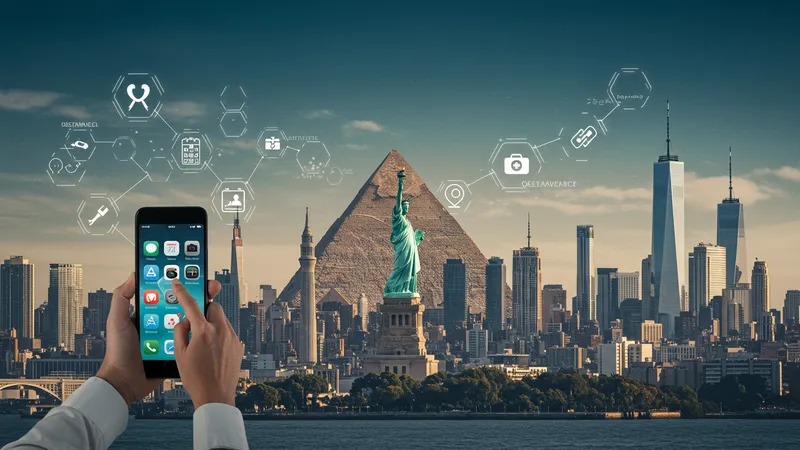
In Cairo, mobile health implementations are transforming traditional healthcare pathways, offering easy access to medical records and digital prescriptions. This digital shift is breaking cost barriers that historically hampered health accessibility. But there’s a trade-off not easily visible at first glance...
On the other side of the world, New Yorkers are leveraging mobile technologies for preventative care and lifestyle management, aiming to reduce dependency on in-person visits. Some argue this is reshaping how care is delivered, offering wider reach without the usual wait times. Are there drawbacks though?
These innovations potentially rewrite the rules of healthcare, making lofty visions of universal access a tangible reality. But as technology evolves, do these health systems have the agility to adapt and maximize the benefits while minimizing risks? This technological frontier is rich with potential...
The network of providers associated with health insurance plans in Cairo compared to New York varies significantly in scope and scale. While Cairo boasts a robust local network, New Yorkers navigate a complex labyrinth of national and international providers. Yet, there’s a catch...
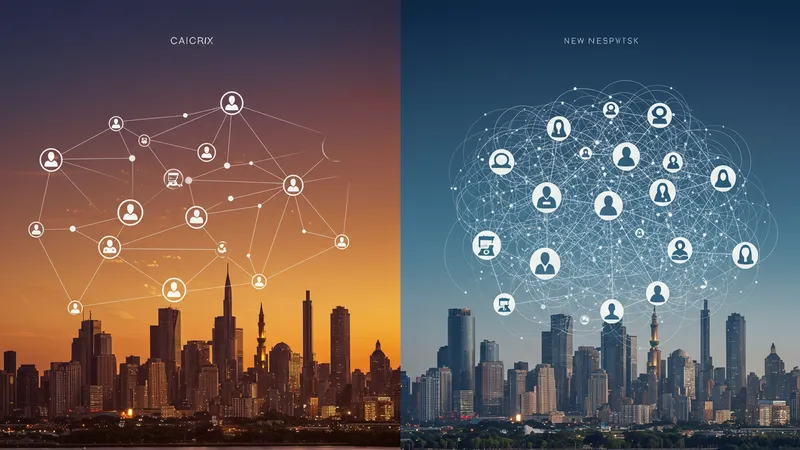
In local Cairo networks, insurers often partner with a select range of hospitals and specialists, ensuring quality care that aligns with their standards. The intimacy of these relationships can surprise newcomers, offering a seamless experience rarely matched. Is there a downside to this focus though?
New York’s extensive connection to global providers unveils an overwhelming array of options, each with distinct advantages. However, the resultant complexity can strain time-sensitive decisions, becoming a source of frustration. But within these networks, unexpected benefits arise...
The push and pull between localized efficiency and expansive reach presents a fascinating dilemma. How do systems strike the right balance without compromising service quality? As these networks continue to evolve, the path to a harmonious healthcare experience is far from ordinary...
Prevention-based approaches to healthcare are gaining traction, urging both Cairo and New York residents to rethink traditional medical models. This shift emphasizes long-term well-being over immediate treatment. But there’s an intriguing aspect that’s often bypassed...

For Egyptians, preventative measures are beginning to weave into cultural practices, as increased awareness drives public initiatives. Screenings and health education are evolving rapidly, potentially ahead of many metropolitan areas. Does this present a model for others?
Amidst the fast-paced life of New York, preventative health offers promise, incorporating active lifestyle programs and community health workshops. These efforts might reduce healthcare costs in the long run, although the initial implementation often seems daunting. Could this be the answer to modern ailments?
Both cities are exploring novel approaches to preventive care, exploring real-time health data and predictive analytics. These developments could revolutionize how illness is managed worldwide. Is this the turning point for healthier futures?
As personalization trends permeate industries, healthcare is no exception. Cairo and New York are witnessing a shift towards customized health insurance plans that tailor to individual needs, providing a more human-centric approach. But what’s driving this change?
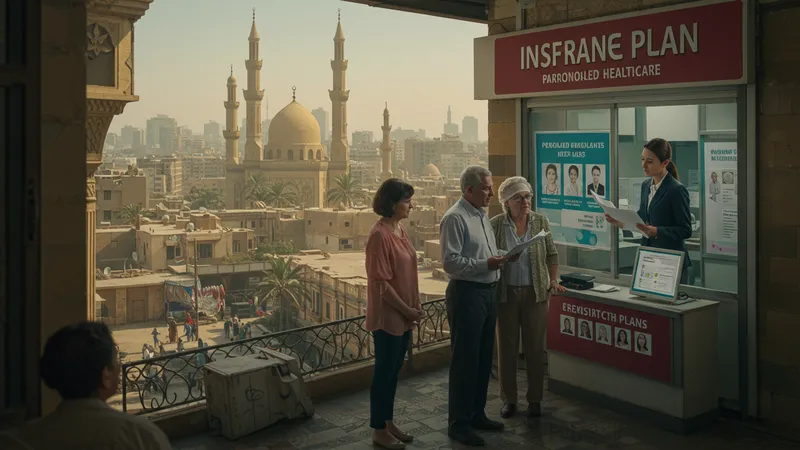
In Cairo, insurance companies are designing plans tailored to specific demographics or lifestyle choices, ensuring that the policyholder’s unique requirements are front and center. The sudden rise pops out of traditional paradigms. Is this sustainability or just marketing prowess?
New Yorkers, on the other hand, are finding value in plans that cater to their diverse lifestyle niches, combining wellness incentives with substantial coverage. These plans are a welcome departure from one-size-fits-all solutions. Are they sustainable amidst rising costs though?
The age of personalized plans points towards a future where insurance adapts rather than fits. Will this be the key to finally aligning healthcare programs with individual aspirations and financial realities? The intersection of health and personalization is just heating up...
Health tourism has become a pivotal aspect for those seeking affordable and specialized medical procedures abroad. Cairo’s burgeoning health tourism industry offers unique cost-effective solutions that appeal globally. But what does this entail?

Motivated by price disparities, many from higher-cost countries like the US find Cairo’s healthcare offerings immensely attractive. The blend of affordability and expertise presents a rare combination, far outshining traditional expectations. What are the unseen ramifications though?
Conversely, New York’s position as a global medical hub attracts international patients seeking top-tier specialists and cutting-edge treatments. The city’s healthcare expertise acts as a magnet, though costs can spiral uncontrollably. But hidden within these skyscrapers, there’s more...
Both cities illustrate contrasting sides of health tourism, each with their own merits and challenges. As cross-continental healthcare becomes more common, what strategies can ensure satisfactory outcomes for patients on both ends? This evolving phenomenon is redefined continuously...
The world of healthcare is in constant flux, with threads weaving across boundaries and systems striving to keep pace. From Cairo's integrating innovations to New York’s adaptive challenges, the disparities in $100 monthly insurance plans present endless possibilities for change. Can insights gained here inspire broader reform that transcends borders? Share your thoughts, bookmark this journey through two proud cities, and take steps informed by newfound understanding. The saga of healthcare is one that unites us all.